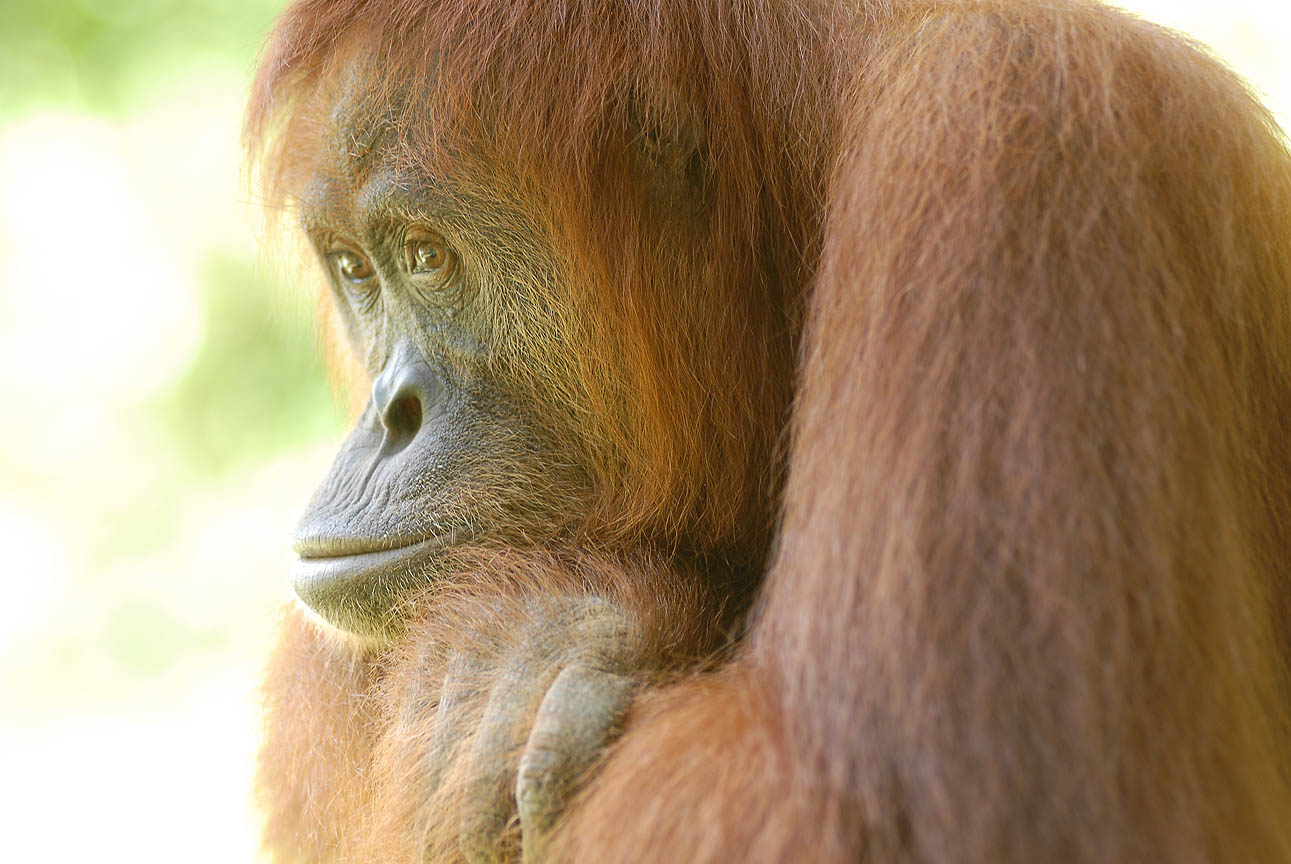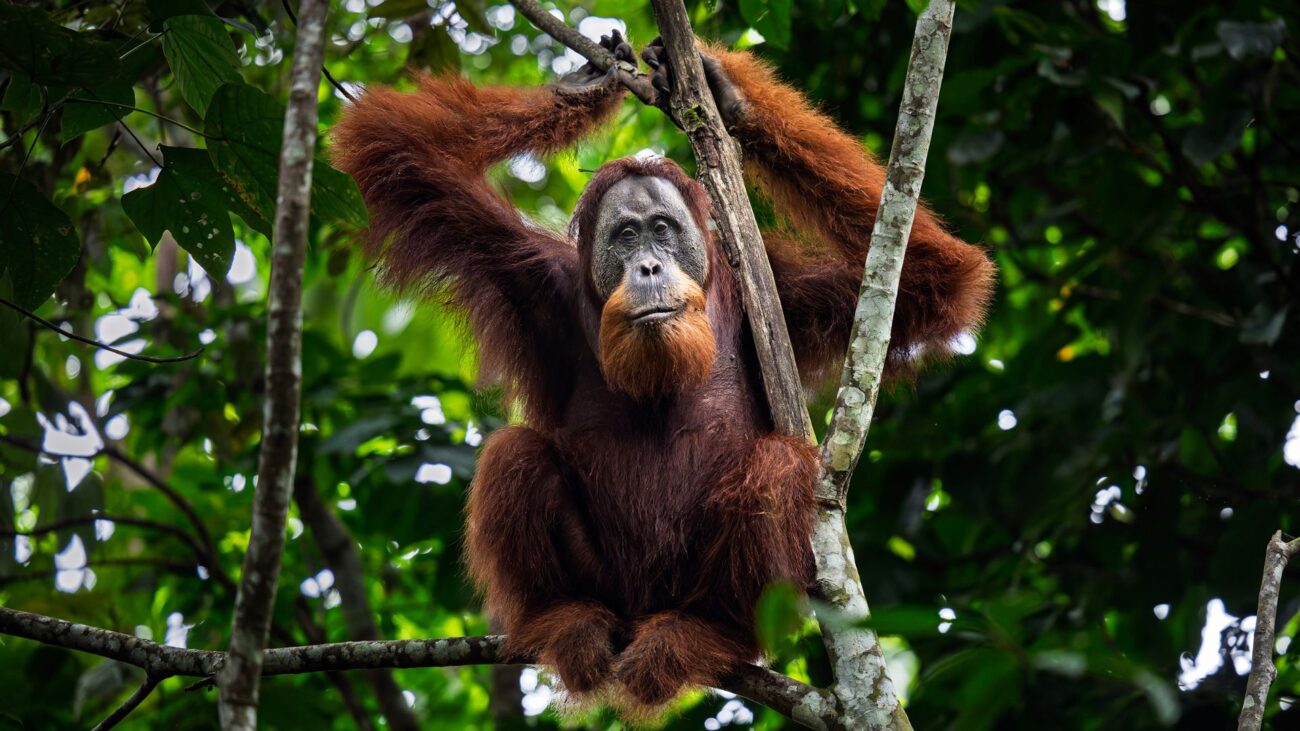
Photo credit: Zac Mills, The Wildlife Collective
However, this figure is likely an underestimation. Research has found that while 77% of scientists have observed SSSB, less than half collected data on it and only 19% published their findings.
For effective conservation, it’s crucial to acknowledge and challenge our biases. Let’s celebrate the beautiful diversity found in the natural world and protect it in all its forms.
Together, we’re creating a thriving future for wild orangutans and the diverse rainforests they call home.
Same-sex interactions play an important role in gorilla social dynamics. Both male and female gorillas display same-sex sexual behavior. Female gorillas lie face-to-face with their partner, grooming and mounting them. Same-sex interactions are also common in bachelor groups of male gorillas. In both cases, the behaviour is accompanied with typical courtship displays and vocalisations.
“It is obvious that homosexual activity is part of the gorillas’ natural behaviour” — Professor Cyril Grueter
Reference: Grueter, Cyril & Stoinski, Tara. (2016). Homosexual Behavior in Female Mountain Gorillas: Reflection of Dominance, Affiliation, Reconciliation or Arousal?. PloS one.
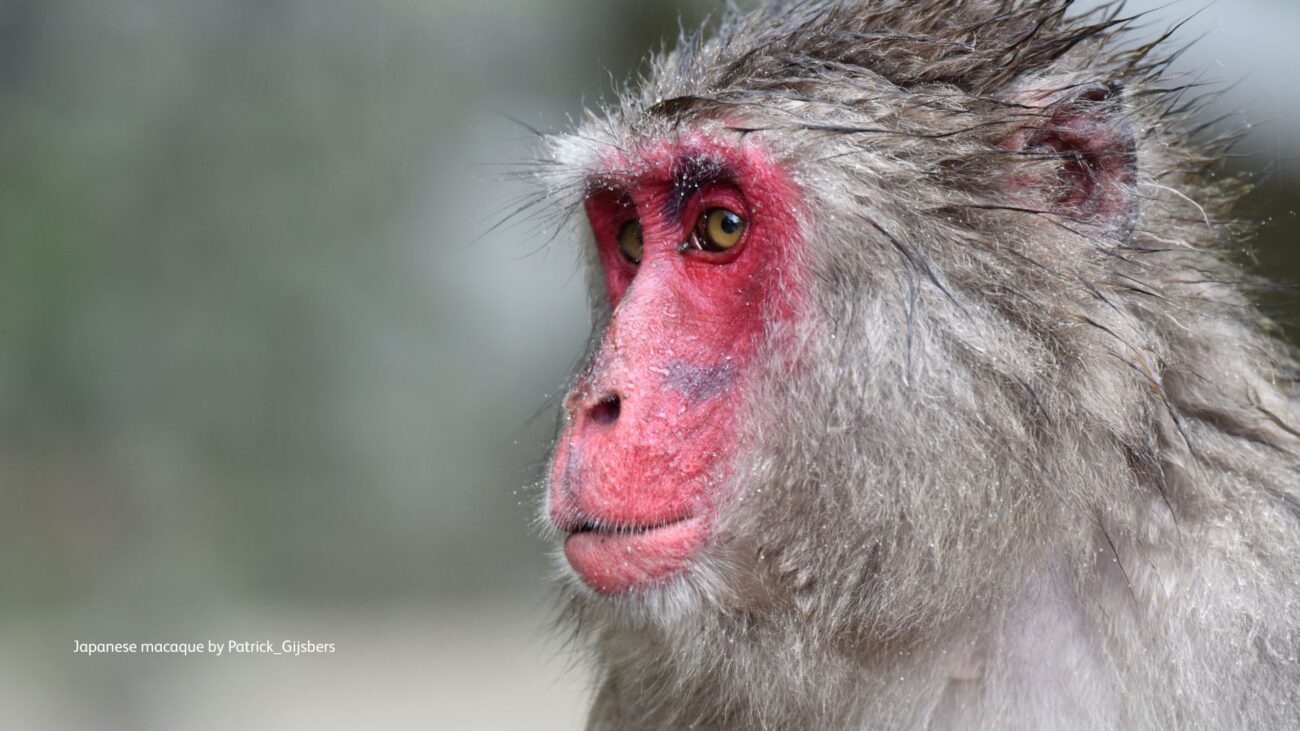
Female macaques are considered to be bisexual, as they engage in same-sex activity even when males are available. This behaviour is unrelated to the mating season. Some females macaques show a preference for female partners, and some have been known to get caught up in same-sex love triangles! Researchers also have documented same-sex activity in all-male groups of macaques.
References:
LJean-Baptiste, Gunst & Vasey (2014). Male Homosexual Behavior in a Free-Ranging All-Male Group of Japanese Macaques at Minoo, Japan. Archives of Sexual Behavior.
Gunst, Jean-Baptiste & Vasey, (2025) Same-sex love triangles in female monkeys: Intra-sexual mate competition between female Japanese macaques for female sexual partners, Behavioural Processes, Volume 227.
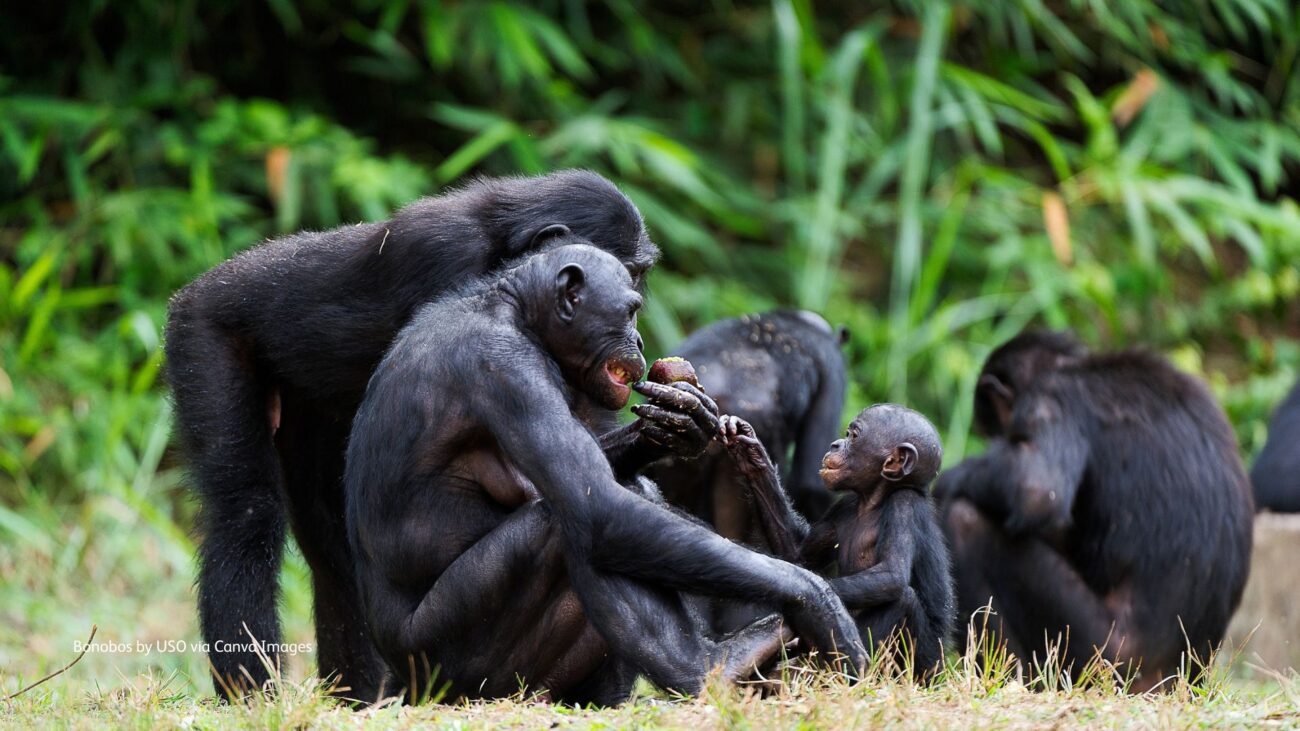
Perhaps one of the most well-documented bisexual species are bonobos. These peaceful apes live in female-led groups. They use sex as a social tool to reduce tension, form social bonds and resolve conflict.
While both male and female bonobos engage in same-sex behaviour, female bonobos have more sex with each other than with males. Research shows that female-female sexual activity triggers a surge in oxytocin, a hormone crucial for social bonding. This doesn’t occur after mating with males, suggesting female bonobos gain more pleasure from same-sex encounters, promoting cooperation among them.
Reference: Moscovice et al (2019) The cooperative sex: Sexual interactions among female bonobos are linked to increases in oxytocin, proximity and coalitions, Hormones and Behavior, Volume 116.
Orangutans are a semi-solitary species. While they interact with other orangutans, they do not live together. In 2001, a researcher observed same-sex behaviour among wild male orangutans in Sumatra. This was the first time scientists had witnessed this in wild populations, adding orangutans to the list of primates that display same-sex interactions as part of their natural repertoire of social and sexual behaviours.
Reference: Fox, Elizabeth. (2001). Homosexual behavior in wild Sumatran orangutans (Pongo pygmaeus abelii). American Journal of Primatology. 55. 177 – 181.
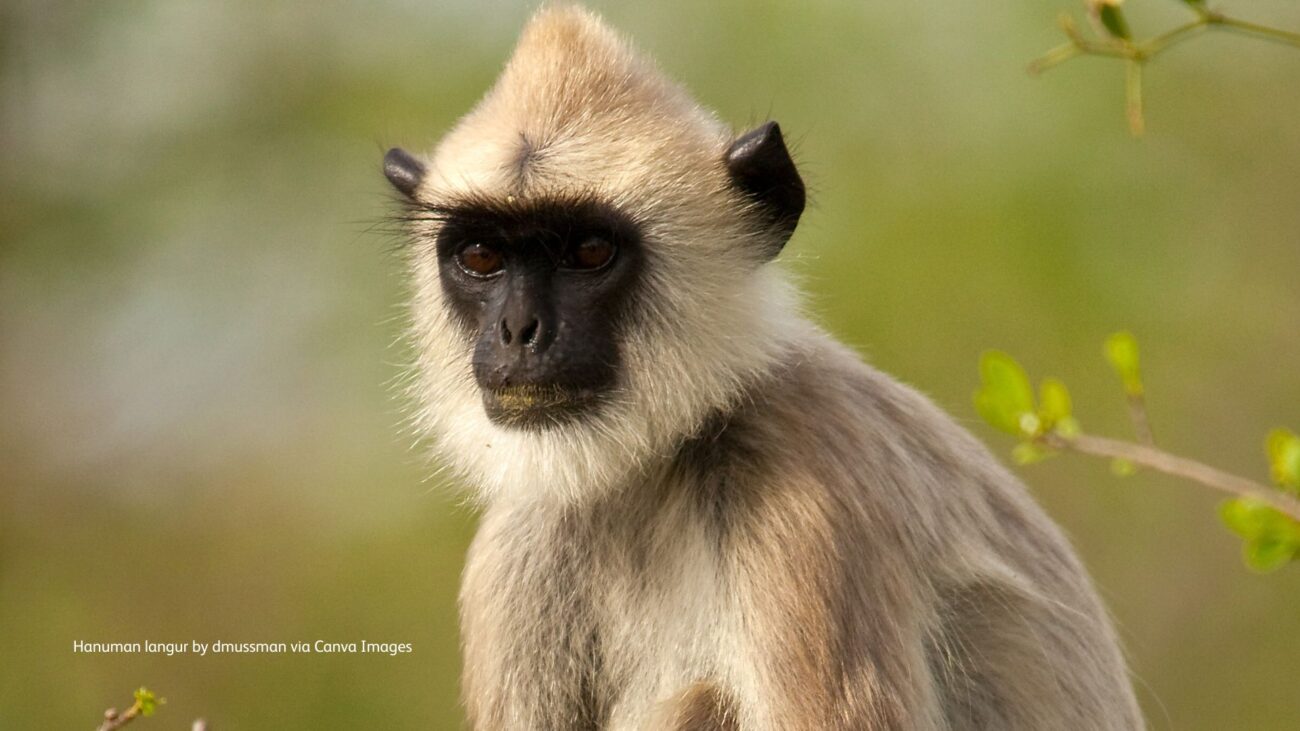
Hanuman langurs can be both polygynous (males have more than one female as a mate at one time) and promiscuous, with both males and females having multiple partners. Researchers have discovered that female Hanuman langurs are bisexual. Further studies have revealed a trend in primates: species with greater overall sexual activity also show an increase in same-sex interactions. These interactions don’t reduce their overall reproductive success.
References:
Sommer, Schauer, Kyriazis (2006). A wild mixture of motivations: same-sex mounting in Indian langur monkeys. Homosexual Behaviour in Animals: An Evolutionary Perspective. 238-272.
MacFarlane & Vasey (2016) Promiscuous primates engage in same-sex genital interactions. Behavioural Processes, Volume 126, Pages 21-26.
You can help protect Sumatra's Orangutans. Click to get updates
